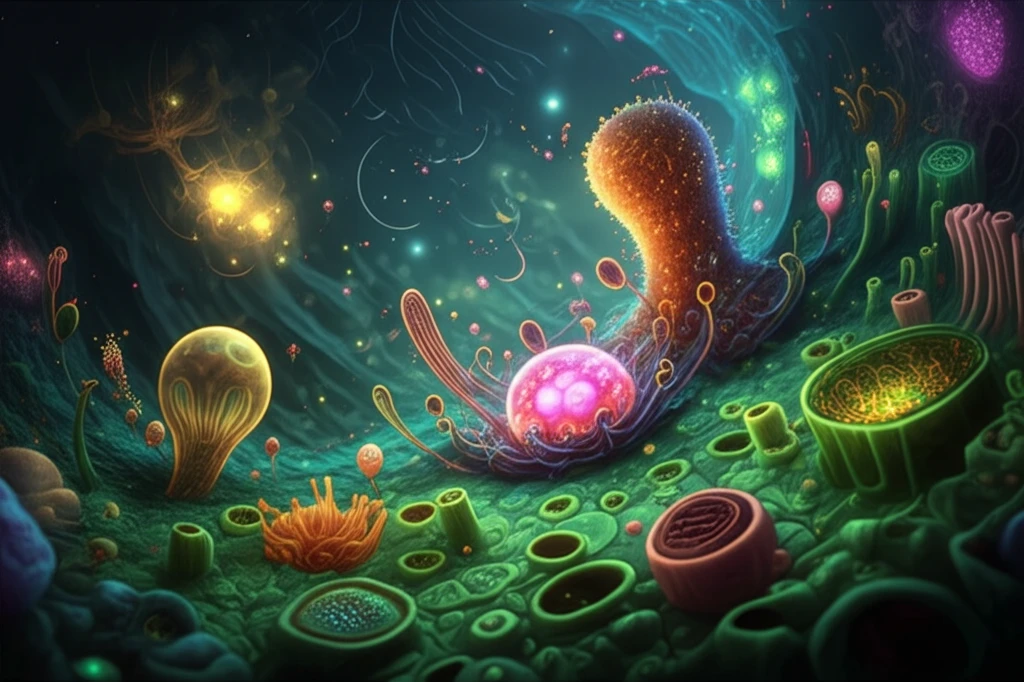
Leaf Secrets: Unlocking Nature's Botanical Defenses in Primulaceae
"Dive into the microscopic world of plant defense mechanisms and ecological adaptations in the fascinating Primulaceae family, revealing how leaf structures play a crucial role in survival and evolution."
Plants, like any living organism, have evolved intricate defense systems to survive in their environments. Among these, the Primulaceae family—comprising roughly 2,500 species across 58 genera—showcases a remarkable diversity in leaf secretory structures. These structures, found in genera distributed across the globe, aren't just botanical oddities; they're key players in the plants' ecological strategies and evolutionary adaptations.
Previous research has highlighted the potential of leaf and wood anatomy in clarifying the often blurry generic boundaries within Primulaceae. By investigating the secretory structures of several woody Neotropical genera such as Ardisia, Cybianthus, and Jacquinia, scientists are piecing together a clearer picture of how these plants are related and how they've adapted. These studies reveal anatomical synapomorphies—shared characteristics that offer clues to evolutionary relationships.
This article delves into the latest findings concerning leaf secretory structures in five Neotropical genera of Primulaceae. We will explore the types of structures, their development, chemical composition, and, most importantly, their ecological roles and evolutionary implications. Join us as we unlock the secrets held within these tiny botanical defense mechanisms.
Diversity and Function of Secretory Structures

The study identified several types of secretory structures within the leaves of the selected Primulaceae species. These included idioblasts (specialized cells with unique contents), hydathodes (water-secreting pores), and various trichomes (leaf hairs), along with secretory cavities and ducts. The presence and type of these structures varied among species, indicating different adaptive strategies.
- Idioblasts: Found in Myrsinoideae, these specialized cells were either mucilaginous (containing polysaccharides) or phenolic (containing protective compounds).
- Hydathodes: Observed in Myrsine species, these water pores appear as white dots on leaf margins, facilitating guttation (the excretion of water droplets).
- Trichomes: Peltate trichomes (glandular hairs with a shield-like structure) were common across most species, except for Cybianthus brasiliensis, which featured scale trichomes (flat, scale-like hairs).
- Secretory Cavities and Ducts: These structures, found in Myrsinoideae, store various secretions.
Ecological and Evolutionary Implications
The diversity of secretory structures in Primulaceae points to a dynamic interplay between plants and their environments. The chemical composition of secretions varies widely, with substances like hydroxibenzoquinone derivatives, essential oils, and various other compounds contributing to the plants' defense. This chemical diversity underpins the plants' ability to ward off herbivores, resist pathogens, and adapt to environmental stressors.
